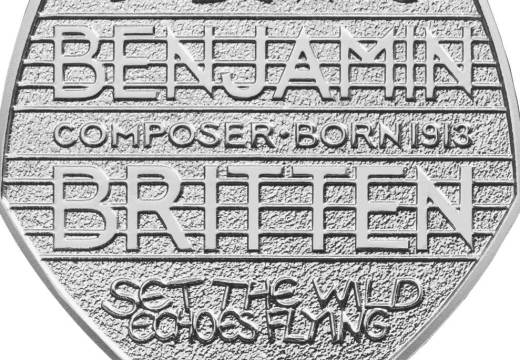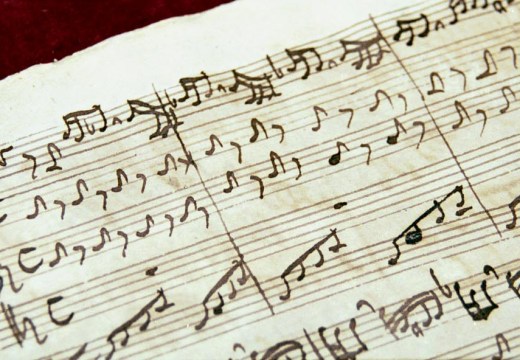From the March issue of Apollo: preview and subscribe here
Robert Ellsworth (1929–2014) was a remarkable connoisseur and dealer: a man who not only opened the eyes of a generation of collectors to the breadth of Asian art but who also – and no less importantly – showed them how to live with it. It was often said that he lived better than his clients, to which he would quip that he just had better taste. His 22-room apartment on New York’s Upper East Side was testimony to a style of entertaining that barely survives. As for his collection, it was a seamless – and seemingly effortless – fusion of East and West; Ellsworth brought together the best of Ming dynasty furniture and 19th-century Chinese painting with English furniture and silver, 18th-century French painting and Chinese, Indian, Himalayan and Southeast Asian sculpture.
This month, Christie’s New York is offering his entire collection of some 2,000 pieces in a five-day series of auction and online sales (17–21 March). According to the auction house, it is the largest private collection of Asian art ever to come to the block and some $50m is expected. As well as a global tour of the highlights, clients were offered a private preview of the Manhattan apartment, where Ellsworth wanted to create the atmosphere of discovery found in an English country house sale.
It was always the Chinese furniture that astounded me. Ellsworth was one of the first to realise just how perfectly the highly refined and minimalist huanghuali pieces of the late Ming and early Qing periods would complement late 20th-century interiors – in fact, he described Chinese furniture as ‘the only true cosmopolite of the decorative arts. It fits with any style if you give it enough room to breathe.’ He was able to buy the best, and to publish a seminal book on the subject in 1971, which in turn added to its popularity. High-quality pieces have long become market rarities and those offered here are just about as good as it gets.
A case in point is the set of four 17th-century Ming horseshoe-back armchairs. What makes them exceptional is the elegant curve of the slender crest rails and the quality of the carving of the sweeping hook handles and back splats – the latter with exquisite openwork and highly figured panels suggestive of landscape. These are the work of a master craftsman. Offered on 17 March, they are expected to fetch $800,000–$1.2m.
As one might expect, this dispersal is the highlight of this year’s Asia Week New York (13–21 March), which sees some 42 dealer shows around the auctions and alongside museum exhibitions and events. Among the highlights of the gallery shows is a serene and large Song dynasty (960–1279) wooden sculpture of Guanyin, unusually well preserved with traces of the original polychromy and gilding (Gisèle Croës). Of impressive scale and quality at Francesca Galloway is an epic and recently discovered early 17th-century imperial Mughal battle scene of around 1631. Erik Thomsen focuses on Japanese screens and scrolls of the Taishō era (1912–26), when traditional Japanese forms and motifs clashed with Western Jazz Age modernity.
This year’s Art Basel in Hong Kong moves from May to early spring (15–17 March), falling rather inconveniently in the middle of TEFAF Maastricht (13–22 March). In the French capital, modern and contemporary fair Art Paris takes up residence at the Grand Palais (26–29 March), running concurrently with Salon du Dessin (25–30 March). With both these fairs in town, Christie’s Paris’s offering on 25 March is well timed for collectors. Some 49 works on paper are drawn from the extensive 19th- and 20th-century holdings of the Triton Collection Foundation, formed by the Dutch oil and shipping magnate Willem Cordia, who died in 2011. When highlights from the collection were exhibited at the Kunsthal Rotterdam the following year, seven paintings were stolen and have never been recovered. The family is offering this group for sale, with further auctions planned for Paris and London, to raise funds for new acquisitions that will keep the collection at the forefront of artistic innovation.
Here are big-ticket offerings by the likes of Cézanne, Picasso, Léger and Severini, as well as this luscious fin de siècle Odilon Redon pastel and charcoal. Rêverie is a quintessential Redon, an evocation of a meditative, dream-like state and inner vision conjured up by ethereal but resonant colour. An admirer of Edgar Allan Poe, he shared with Mallarmé and other symbolist poets the notion that art should not describe a material thing itself but rather the effect that it produces. Estimate €300,000–€500,000.
Not to be missed is the Collection de Monsieur et Madame X offered by Pierre Bergé & Associés at Drouot on 19 March. This extraordinary assemblage of nearly 1,500 vintage and modern photographs is exceptional in concentrating on unpublished or unique works from the early years of the medium. It includes the work of 95 photographers from the 19th century – and some 141 photographs that have never before been offered at auction. The star lot is the daguerreotype of M. Huet, the first photographic portrait made by Louis Daguerre in 1837, two years before the latter’s innovation was announced to the world. It is expected to fetch €600,000–€800,000.
Other highlights include a unique self-portrait of Gustave Le Gray and a significant body of works by Charles Negro. Inevitably, not all the early photographs have firm attributions, among them the portrait of Jean-François Millet basking in the sun outside his house in Barbizon in 1850 (€40,000–€50,000). A striking portrait of a young man in Tangiers of around 1859 is believed to be by the amateur Gustave de Beaucorps (€10,000–€12,000), who was introduced to photography by Le Gray and produced a rare corpus of work in North Africa.
Sotheby’s Paris, meanwhile, presents the Dillée family collection, which represents the taste and knowledge of three generations of Parisian experts. Offered on 18 March, the collection appears to be a treasure trove of hitherto unknown examples of fine and decorative art, much of it acquired privately. Begun by Bernard Dillée in 1925, it is now being offered in its entirety by his grandson Guillaume, who is taking the unexpected step of relocating to Australia to advise local clients.
Particularly splendid is the pair of Chinese Kangxi period crackled celadon ewers, lavishly mounted with Régence-period gilt-bronze mounts and dragon-entwined handles (€400,000–€600,000). Appealing, too, is the enamel medallion painted in grisaille around 1540 by Léonard Limosin, one of the most illustrious of the Limoges enamellers who worked for both Francis I and Henri II. Some 28cm across, the subject is the Roman goddess Ops personifying Abundance, surrounded by winged cupids playing games.
















![Masterpiece [Re]discovery 2022. Photo: Ben Fisher Photography, courtesy of Masterpiece London](http://zephr.apollo-magazine.com/wp-content/uploads/2022/07/MPL2022_4263.jpg)
‘Like landscape, his objects seem to breathe’: Gordon Baldwin (1932–2025)